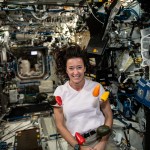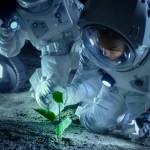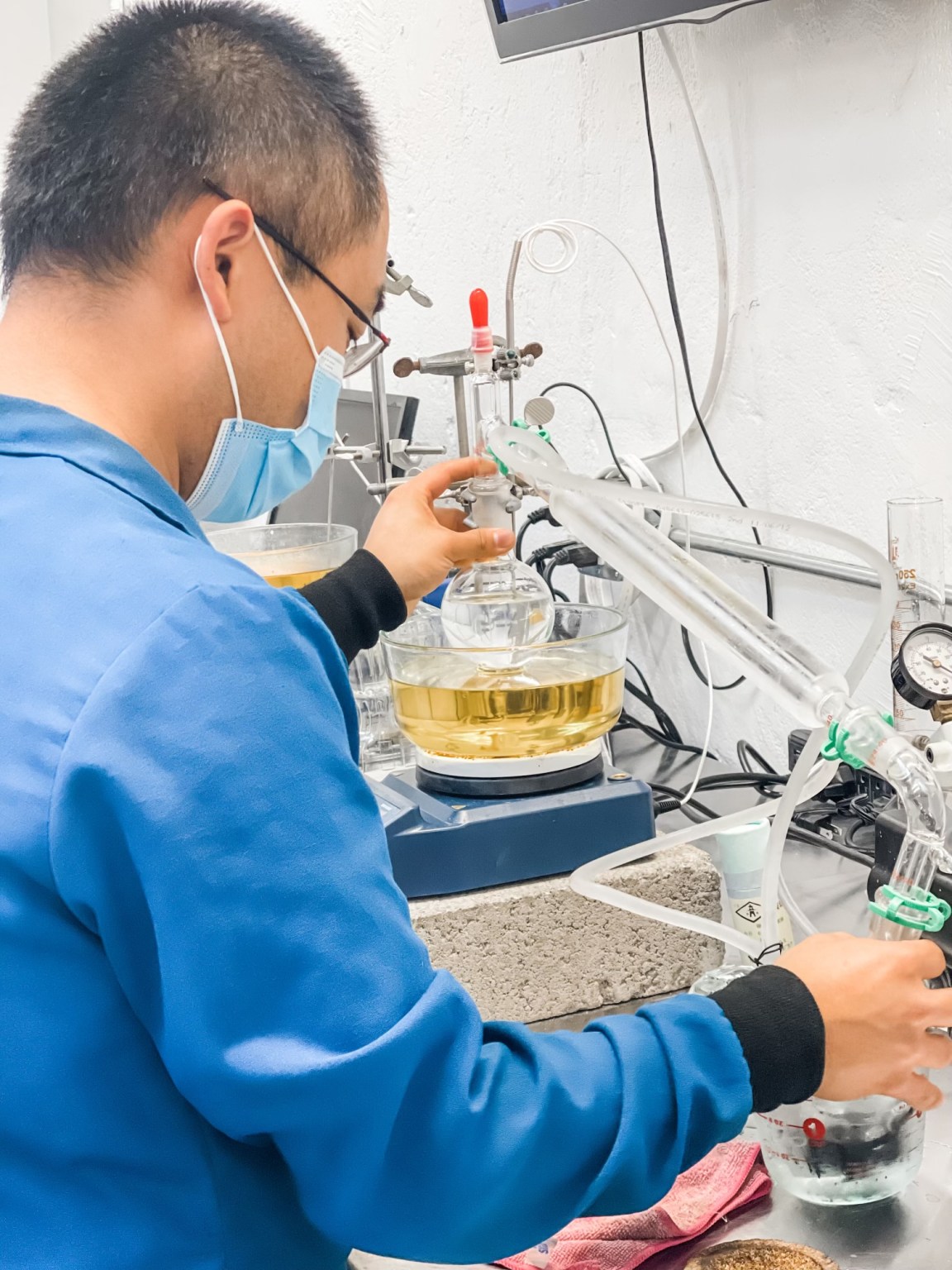In coordination with the Canadian Space Agency, NASA has opened the Deep Space Food Challenge. The goal is to generate novel food production technologies or systems that require minimal resources and produce minimal waste, while providing safe, nutritious, and tasty food for long-duration human exploration missions. “NASA, in partnership with the Methuselah Foundation, will oversee United States and international competitors.”
Advanced food systems will have benefits here on Earth, too. Solutions from this challenge could enable new avenues for food production around the world, especially in extreme environments, resource-scarce regions, and in new places like urban areas and in locations where disasters disrupt critical infrastructure.
The Deep Space Food Challenge is a NASA Centennial Challenge, which is managed by NASA’s Marshall Space Flight Center in Huntsville, Alabama and launched in parallel in Canada by the Canadian Space Agency. Subject matter experts at NASA’s Johnson Space Center in Houston and NASA’s Kennedy Space Center in Florida support the competition. Centennial Challenges are part of the Prizes, Challenges and Crowdsourcing program within NASA’s Space Technology Mission Directorate. NASA has contracted the Methuselah Foundation to support the management of domestic and international competitors for this challenge.
NASA Awards $1.25 Million to Three Teams at Deep Space Food Finale
NASA has awarded a total of $1.25 million to three U.S. teams in the third and final round of the agency’s Deep Space Food Challenge.
Learn More about NASA Awards $1.25 Million to Three Teams at Deep Space Food Finale
NASA Invites Media, Public to Attend Deep Space Food Challenge Finale
On Aug. 16, NASA will announce the final Phase 3 winners and award up to $1.5 million during the awards ceremony.
NASA invites the media and public to explore the nexus of space and food innovation at the agency’s Deep Space Food Challenge symposium and winners’ announcement at the Nationwide and Ohio Farm Bureau 4-H Center in Columbus, Ohio, on Friday, Aug. 16.

More Deep Space Food Challenge News
Contact:
Challenge
Jennifer Edmunson (Acting Program Manager)
Marshall Space Flight Center, Huntsville, Ala.
hq-stmd-centennialchallenges@mail.nasa.gov
Media Inquiries
Lane Figueroa
Marshall Space Flight Center, Huntsville, Ala.
lane.e.figueroa@nasa.gov
Deep Space Food Challenge Details
Join the Deep Space Food Challenge to help bring innovative food production technologies to space and here on Earth.
Visit the Website about Deep Space Food Challenge Details









































